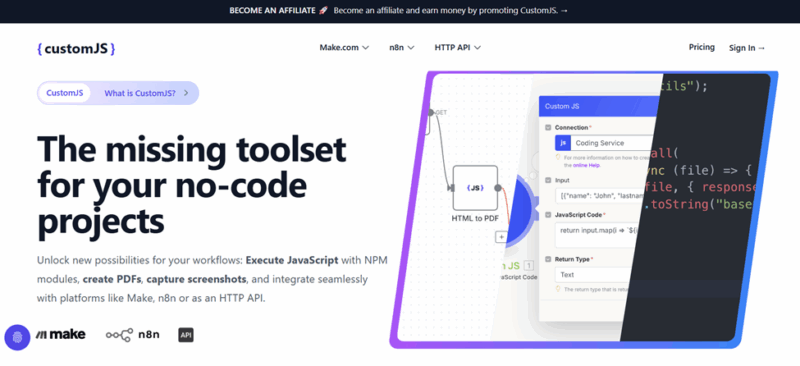
Businesses today have more access to data than ever before, but still, many of them struggle to turn the numbers into something meaningful. The next phase of business intelligence is not just collecting more information — it’s also about understanding the people who are behind that data. Human-centered technology is now changing analytics into something more like empathy-based intelligence, where companies can understand not just the result, but also the behavior, feelings, and even motivations behind it.
Advanced AI and BI platforms show this shift, helping businesses move from just cold numbers to a more relationship-focused understanding that supports smarter — and more human — decisions.
From Numbers to Narratives
Traditional business intelligence systems mostly looked at results like sales data, conversion numbers, or how well something performed. But these numbers often ignore the deeper human story behind them. Knowing what happened is not enough anymore — modern companies also want to know why it happened.
The Shift Toward Behavioral Insight
Now, newer BI tools are including behavioral analytics, emotion AI, and even metrics that come from community activity. These tools help to show not only what someone did, but also why they did it — including their emotions, preferences, and other human factors that influence decisions.
Understanding the Human Story Behind Data
By reading tone of voice, emotional signals, and how people interact, businesses can predict what users might need, personalize their experience better, and build more loyalty. This change — from just static reports to more living, story-like data — means that data is becoming more like a narrative. It’s not just numbers anymore, it’s a way to connect and to plan with more understanding.
Designing Tech That Thinks Like People
Human-focused design is also changing how software is built. It puts empathy, easy use, and natural feeling at the center. Instead of giving users cold dashboards or confusing systems, today’s BI tools are becoming more interactive, more aware of the person using them, and more like a conversation.
From Dashboards to Dialogue
Companies now want more than just reports. They are moving toward data systems that can talk with the user in real time. With AI helpers, natural language questions, and smart context-based results, teams can explore ideas, ask questions, and find patterns in a way that feels more natural — like speaking with a colleague instead of clicking through charts.
Blending AI and UX for Better Decisions
When AI works together with good UX design, it helps make data feel less scary and more useful. These kinds of systems help teams see relationships, understand behaviors, and make decisions more quickly — combining smart analysis with human thinking.
Turning Engagement into Intelligence
In today’s digital world, engagement is not just clicks or likes — it is also a kind of intelligence that tells what people care about, what they feel, and why they stick around. But the challenge is to take all this activity and turn it into something useful, something that gives real insight for smarter decisions.
From Activity to Understanding
Platforms like OnlyMonster (https://onlymonster.ai/creators) are created to help with this challenge. It works as both a CRM and a browser tool, especially for fan-focused businesses. It helps creators and brands to look at how people are engaging, what the community is feeling, and what kind of behavior is building loyalty. It combines emotional insight with audience data — turning simple numbers into something that really means something for the business.
Where Accuracy Meets Empathy
The new wave of tools are not just about showing results. They also try to understand the connection behind the data. By mixing accurate numbers with emotional intelligence, businesses can build stronger relationships, give more personal experiences, and grow in a way that feels more natural and human.
The Ethical Edge of Humanized Data
As tech becomes more personal, the responsibility to use it in a good and respectful way becomes more important.

Human-focused intelligence is not only about advanced data analysis — it also must be built on trust, consent, and respect for people’s privacy.
Balancing Insight with Integrity
The same data that helps create personal experiences can also become risky if it’s not handled right. That’s why businesses must be clear in how they collect and use data, make sure users understand and agree, and always protect people’s freedom. Privacy should not just be about rules — it shows what kind of company you are.
Trust as a Competitive Advantage
When businesses innovate with care and respect, they create a strong base for long-term success. Companies that balance smart data use with human respect will win deeper trust — and stronger loyalty. In today’s world, where people want both personalization and privacy, responsible intelligence is now the biggest advantage.
The future of business intelligence is as much about people as it is about numbers. Companies who treat data as stories about real humans — not just performance — will lead with more clarity, more connection, and more trust.










